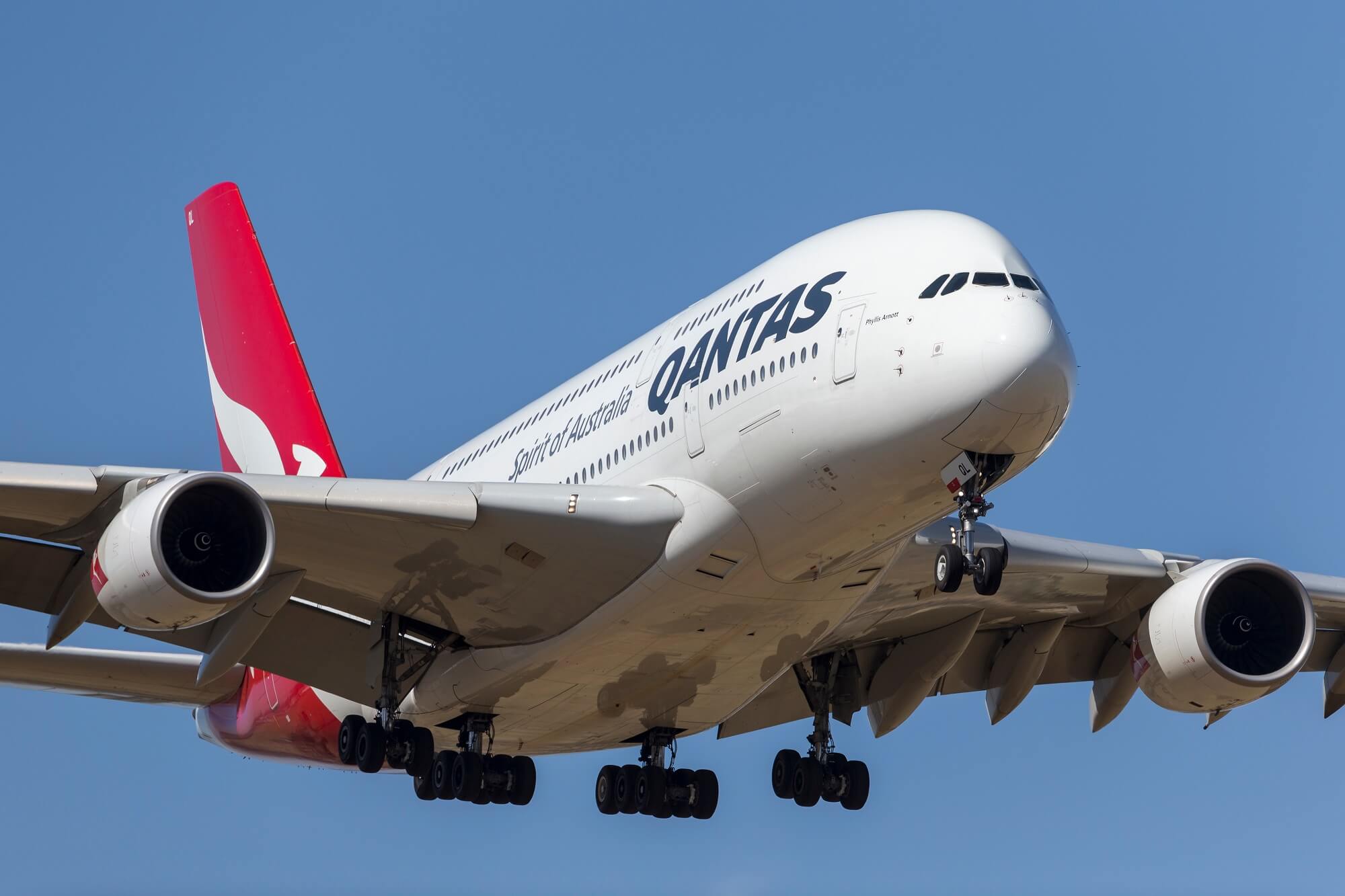Passenger Plane Industry in Brazil: Passenger Plane Brazil

Brazil boasts a robust and dynamic passenger plane industry, playing a vital role in connecting its vast and diverse regions. The industry is characterized by significant growth, fueled by a booming domestic market and the expansion of international travel.
Key Players and Market Size
The Brazilian passenger plane market is dominated by a handful of major players, including:
- GOL Linhas Aéreas Inteligentes: The largest domestic airline in Brazil, known for its low-cost model and extensive network.
- LATAM Airlines Brasil: A major South American airline with a significant presence in Brazil, offering both domestic and international flights.
- Azul Linhas Aéreas Brasileiras: A rapidly growing airline with a focus on regional connectivity and a growing international network.
- Avianca Brasil: Formerly a major player in the Brazilian market, the airline ceased operations in 2019 due to financial difficulties.
The Brazilian passenger plane market is substantial, with a total passenger count exceeding 100 million in 2022, according to the Brazilian Civil Aviation Agency (ANAC). This makes Brazil one of the largest aviation markets in the world.
Growth Trends
The Brazilian passenger plane market has experienced consistent growth in recent years, driven by several factors:
- Rising Disposable Income: Brazil’s growing middle class has increased disposable income, making air travel more accessible for a wider segment of the population.
- Economic Growth: Brazil’s economic growth, particularly in the tourism and business sectors, has fueled demand for air travel.
- Infrastructure Development: Investments in airport infrastructure and air traffic management systems have enhanced the efficiency and capacity of the Brazilian aviation network.
- Government Policies: Government policies promoting competition and deregulation have contributed to the growth of the airline industry.
Types of Passenger Planes, Passenger plane brazil
The Brazilian passenger plane market is characterized by a diverse fleet of aircraft, ranging from small regional jets to large wide-body aircraft:
- Regional Jets: Smaller aircraft with a capacity of 50-100 passengers, primarily used for short-haul flights between smaller cities.
- Narrow-Body Aircraft: Medium-sized aircraft with a capacity of 100-200 passengers, commonly used for domestic and short-haul international flights.
- Wide-Body Aircraft: Large aircraft with a capacity of over 200 passengers, primarily used for long-haul international flights.
Examples of aircraft types used in Brazil include:
- Embraer E175: A popular regional jet known for its fuel efficiency and comfort.
- Airbus A320: A widely used narrow-body aircraft known for its reliability and efficiency.
- Boeing 737: Another popular narrow-body aircraft known for its range and capacity.
- Boeing 777: A large wide-body aircraft known for its long-haul capabilities and spacious cabins.
- Airbus A330: Another large wide-body aircraft known for its fuel efficiency and comfort.
Challenges Faced by the Industry
Despite its strong growth, the Brazilian passenger plane industry faces several challenges:
- High Operating Costs: The high cost of fuel, labor, and maintenance can make it challenging for airlines to operate profitably.
- Competition: The Brazilian airline market is highly competitive, with numerous players vying for market share.
- Economic Volatility: Brazil’s economy can be volatile, impacting demand for air travel.
- Infrastructure Constraints: Some airports in Brazil face capacity constraints, which can limit the growth of the industry.
Passenger plane brazil – Passenger planes are a vital mode of transportation in Brazil, connecting its vast and diverse regions. However, the recent plane crash brazil today serves as a stark reminder of the inherent risks associated with air travel. Despite these tragedies, passenger planes remain a crucial element of Brazil’s infrastructure, facilitating both domestic and international travel.
The recent incident involving a passenger plane in Brazil has sparked widespread concern, prompting questions about safety protocols and potential causes. While investigations are underway, the incident has also led many to ponder the upcoming presidential debate, what time is presidential debate and its potential impact on the future of air travel in the country.
As authorities work to determine the cause of the plane crash, it is crucial to remember the importance of air safety and the need for continued vigilance in ensuring the well-being of passengers and crew.
